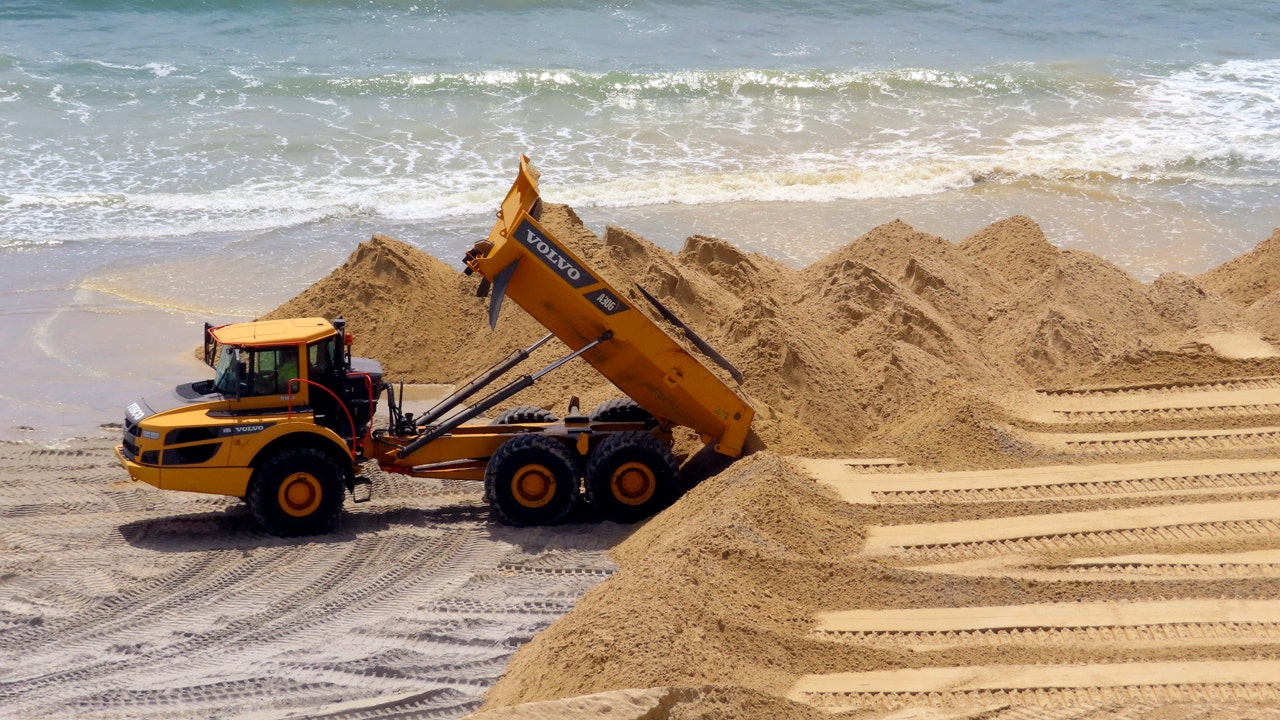In his 1937 book, “Kennebec: Cradle of Americans,” the poet Robert Tristram Coffin called Maine’s sprawling river a “paradise for fish.” But pollution and dams that block spawning runs for Atlantic salmon, sturgeon and shad put an end to that world.
The Kennebec River now runs mostly clean, thanks to laws that reduced pollution. Yet four hydroelectric dams, two built in the early 20th century and the other two in the 1980s, remain on the lower reaches of the 150-mile-long river and continue to prevent endangered salmon from reaching their single most important spawning tributary, the Sandy River. Now a confluence of factors makes this the time to right this wrong.
The Federal Energy Regulatory Commission is considering relicensing one of the dams, the Shawmut, the third in line upstream from the Gulf of Maine, which would allow it to operate for up to 50 more years. At the same time, the commission is considering amending the licenses of the other three dams to permit their operator, Brookfield Renewable, which also owns the Shawmut, to pursue feeble efforts to develop ways for fish to bypass these blockades. (The deadline for public comments on its draft proposal is June 4.)
A company spokesman said Brookfield seeks to “carefully balance public, economic, energy and natural resource interests.” But there is no real balance in its proposal. The commission should order the removal of the dams. This is hardly an outlandish proposal. Dams are being removed from rivers across the country. Last year, 80 were demolished, reconnecting obstructed waterways with 1,160 upstream river miles.
It is true that the loss of these dams would mean a loss of energy production. The four dams have a combined capacity to generate nearly 47 megawatts of electricity, enough to power tens of thousands of homes. But their output is only 6 percent of Maine’s overall hydroelectric capacity. Moreover, their output would be dwarfed by plans by the State of Maine for enough wind turbines in the Gulf of Maine to generate 3,000 megawatts of electricity by 2040 — nearly 70 times the capacity of those dams. A utility-scale solar power plant of several hundred acres could replace much of the electricity production that would be forgone.
Maine does not need those four dams. Allowing them to remain for decades more would perpetuate a continuing disaster for the river and its fish.
The number of salmon spawning in Maine rivers has fallen to fewer than 2,000 today, from as many as a half million in colonial times, and the Kennebec’s population is down to single digits in some years, from a high of as many as 200,000 before the dams. Sadly, because of these dams, the few salmon that still show up in the main stem of the Kennebec must rely on the internal combustion engine to reach their spawning grounds — a form of triage in which they are trapped and carried by truck to reach the Sandy River.
In 2023 the National Marine Fisheries Service offered a tortured opinion of the effect of allowing the dams to remain. The agency said that proposals by Brookfield to build fish lifts and other conveyances to help the fish get past the dams “may adversely affect but are not likely to jeopardize the continued existence” of Atlantic salmon. This is an unaspiring assessment of these halfway measures. Fish ladders and similar technologies on rivers with just a single dam often perform poorly. The track record for such contrivances on rivers with two or more dams is dismal.
Dam removal has already revitalized other parts of the Kennebec and rivers elsewhere in the United States. The demolition of the Edwards Dam on the Kennebec in 1999 allowed migratory fish access to 17 miles of river that had been blocked for 162 years. This stretch of river quickly surged back to life, most notably with river herring (an important baitfish for Maine’s lobster fishery) recolonizing the Sebasticook, a tributary where in a few years their numbers skyrocketed to nearly six million from zero.
Such was their impact that the town of Benton began an annual festival celebrating the return of these fish. Bald eagles took note, too, with as many as 64 of the avian predators seen feasting on the herring one day, forming what may be the largest summer aggregation of these birds in the Northeastern United States.
On the West Coast, four hydroelectric dams that block California’s Klamath River are being dismantled in a bold effort to help ensure the river’s ecological recovery, a decision in keeping with the growing dam removal movement across the United States. The owner of those four aging dams, PacifiCorp, facing hundreds of millions of dollars in upgrades ordered by the federal government, agreed to remove them. The dismantling of the first was completed last year, and work to remove the remaining three will begin this summer.
It is heartening to see nature accelerate in response to river restoration efforts. The Kennebec is shouting that it could be a paradise again. In June 2023 there was a migration of giant sturgeon into a small Kennebec tributary, the Cobbosseecontee. Had the Edwards Dam still been standing, this migration might not have happened. At its peak there were about 200 sturgeon as long as 10 feet spawning in a trout-stream-size pool, all visible to an enraptured public viewing the scene from a bridge.
Arriving too late to witness this phenomenon, I relaxed by the Kennebec and was overjoyed to see a four-foot-long sturgeon make a great arching leap just yards away from me while an osprey carried off a river herring — unmistakable signs of a river already partly reborn from the removal of just the Edwards Dam.






